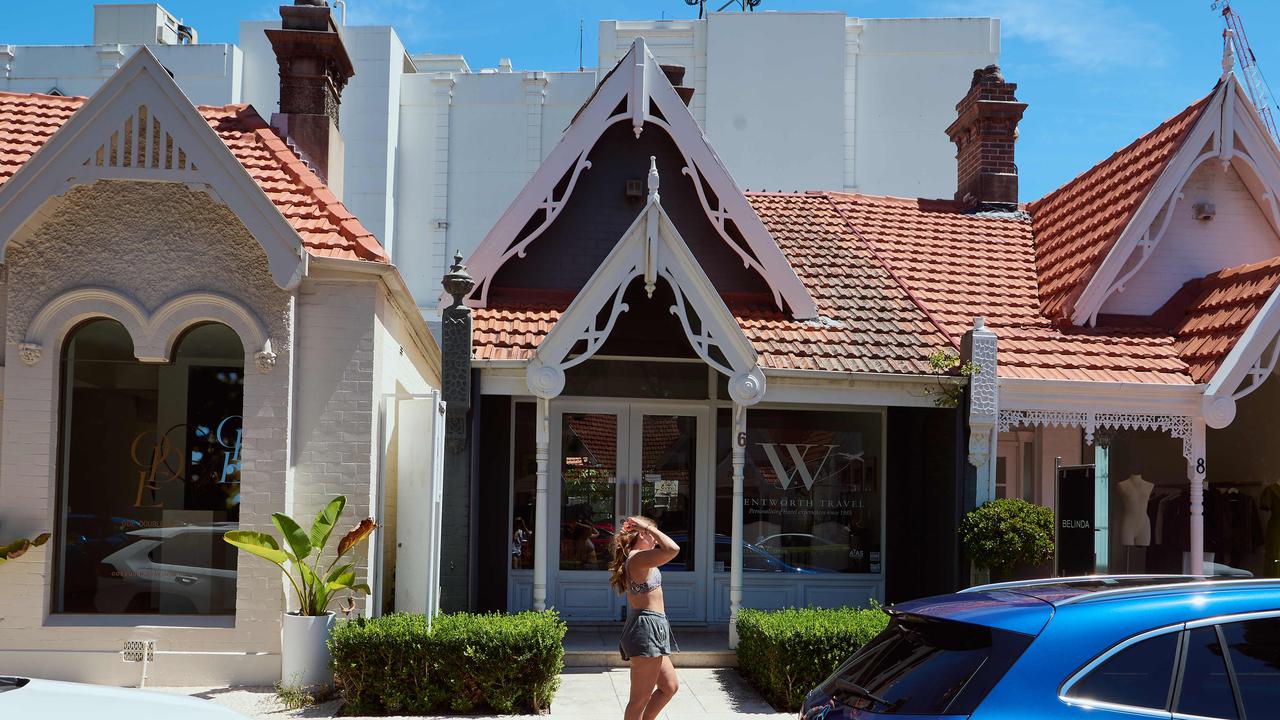When all’s said and done, Future Fund no ‘boondoggle’ for pollies to push pet projects


While the fund has had down years in recent times, when the share and bond markets were hit during Covid, its investment strategy has delivered a solid track record of outperforming its target range of between 4 and 5 per cent after inflation over the cycle.
The fund, which invests through external managers, has the bulk of its investments – some 38.5 per cent – in shares, 12.9 per cent in private equity, 9.9 per cent in infrastructure and timberland and 4.9 per cent in property. It has about $19bn in cash, out of total assets of $230bn.
Despite concerns raised by former prime minister John Howard, former treasurer Peter Costello and others about Jim Chalmers’ proposed changes to the fund’s investment priorities, former ASIC deputy commissioner Jeremy Cooper rejected suggestions the Future Fund could be used as a “boondoggle” by politicians to invest in pet projects.
“The fund can’t invest a single cent themselves, they have to go through external fiduciary managers,” says Mr Cooper, now head of retirement income at ASX-listed wealth manager Challenger.
“It still has the same investment return mandates holding its managers to account for their returns.”
“It is a very sophisticated organisation which has been given the mandate by successive governments to manage six other funds including the $23bn Medical Research Future Fund, the $10.6bn Housing Australia Future Fund, and the $4.96bn Future Drought Fund. Its board members are called ‘guardians’ for a reason.”

He said there was “every reason” for the Future Fund to invest in the energy transition challenge given its exposure to carbon-producing industries such as the mining industry.
Cooper said there would also be general support for the fund to invest in infrastructure where it was already a significant investor, but the idea of the fund being given a mandate to invest in residential housing could be subject to more “raised eyebrows”, given the variable investment returns from the sector in the past.
“This is a new area which is a bit less tested or where the fund might be a bit challenged in getting the returns,” he said.
The fund already has some $12bn of infrastructure investments in Australia, including stakes in airports in Sydney, Melbourne and Perth, the Port of Melbourne, Telstra Towers and data centre operator CDC.
Its investments in the energy-transition sector include green-energy infrastructure company Tilt Renewables, which has 1.8GW of operational and late-stage wind, solar and battery storage projects, which it bought in 2021 as part of a consortium including the Queensland Investment Corporation and AGL.
The fund has a 40 per cent stake in Tilt, which signed a 15-year power purchase agreement for energy company AGL to take 45 per cent of the output of Tilt’s Rye Park Wind Farm in regional NSW.
Speculation has been rising that the fund would step up its investment in energy transition projects with the announcement of former ACTU leader and former federal Labor minister Greg Combet as chair. He was the inaugural chair of the federal government’s Net Zero Economy Agency, before stepping down to join the Future Fund as chair in June this year.
In an interview with The Australian on his receipt of an AO in the King’s Birthday Honours, Combet said he did not come into the role with any preconceived ideas of what the fund should do but it was already a big investor in renewable energy through its stake in Tilt.
He said the fund could continue to look at more investments in the renewable energy sector if they had “the right risk-return profile”.
Combet said that if potential investments in renewables and green energy had “the right risk-return profiles and they are attractive investment opportunities, certainly it (the fund) can build it up”.
He was interested, he said, in making the Future Fund’s investments better known, including how it was “assisting the energy transition”.
“There’s a good opportunity, with this change in the board of guardians and me coming in, for us to make it a bit better known exactly where the money is invested and how, for example, it is assisting in the energy transition,” he said.

The Future Fund’s Statement of Intent, which it issued in response to the Treasurer’s new investment mandate, gives it considerable flexibility in how it approaches its investments.
The statement said the board’s primary role was to maximise returns over the long term, consistent with the Future Fund Act and its investment mandate.
It noted that any investment in the Treasurer’s “national priorities” would need to “generate substantially the same risk-adjusted return and other attributes as similar types of investments which might otherwise be considered by the board in accordance with its investment strategy”.
The fund’s chief executive, Raphael Arndt, one of its longest-serving employees who was its chief investment officer before being promoted to CEO in July 2020, has consistently argued that investing in infrastructure is an important way to protect against inflation.
His latest comments on the fund’s performance to the end of September this year discuss the outlook for inflation, pointing out that while it is “subsiding in much of the developed world, (it) remains higher and more volatile than investors have been used to”.
He warned that “the path to lower (interest) rates will not be straightforward as continued geopolitical risks and big economic drivers including defence spending, the energy transition and deglobalisation are all inflationary”.
“We have continued to pursue investments that provide greater exposure to the local currency and protection against higher inflation. The portfolio is positioned towards the middle of its risk settings,” he said of the fund in September.





The Future Fund has outstripped its target returns, delivering an average of 7.7 per cent return a year since it started in 2006, 8.2 per cent over the past 10 years and 11.9 per cent over the past year.